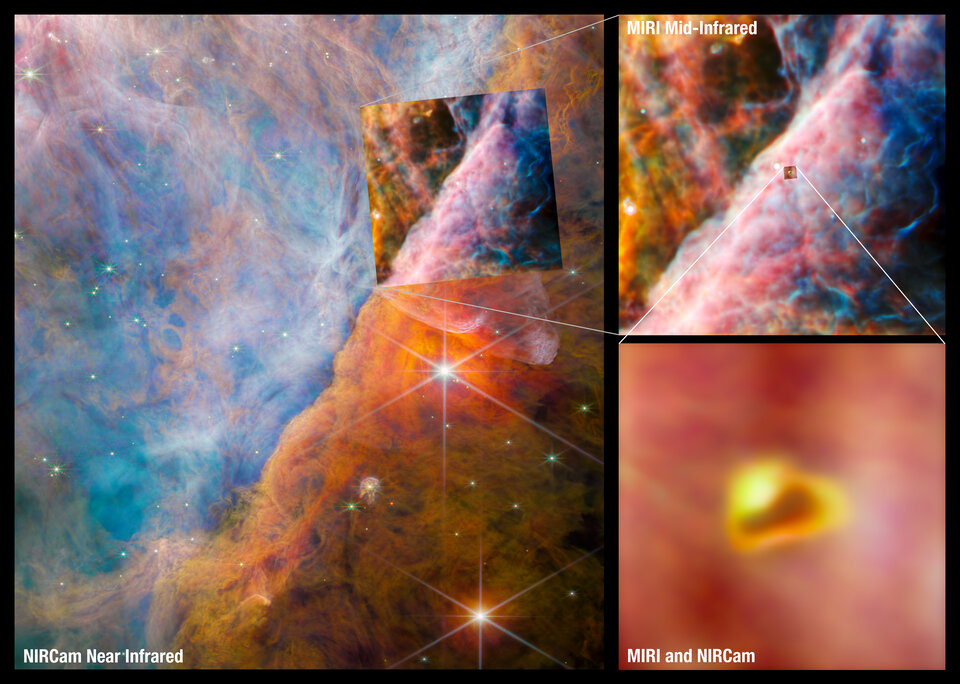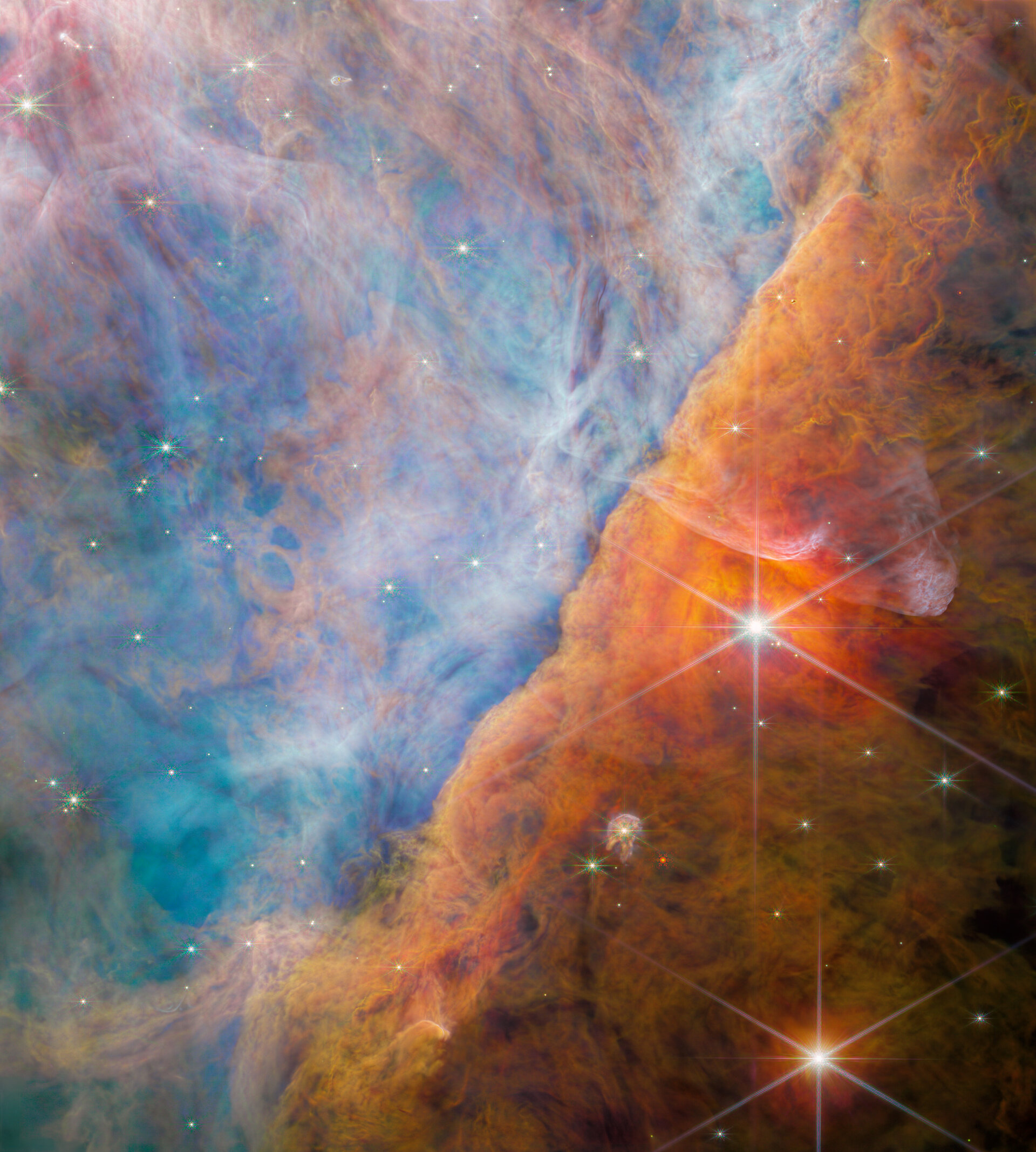Astronomers have NASAthat it and the and the Hello run by space agencies With the James Webb Space Telescope Now for the first time they were able to show a methyl cation (CH3+) in a planet-forming disk around a young star.
This complex ion has a special property: it interacts only weakly with the most common element in the universe, which is hydrogen, but at the same time it tends to connect with other molecules, helping to build more complex organic molecules based on carbon. Organic chemistry plays an important role in astrochemistry and astrobiology, since all known forms of life here on Earth depend on carbon. The central role of the CH3 ion was already predicted by theorists back in the 70s, but half a century had to pass after that for humanity to get an instrument that could actually detect this molecule in interstellar space – that is, in a place where, in the future, even planets that host life may form.
Since they form the basis of all known forms of life, researchers studying the formation of life on Earth and the possible effects of extraterrestrial life are also very interested in organic compounds. Therefore interstellar organic chemistry is a broad area of research. Molecular ions are particularly important, because they can react with other molecules to form more complex organic compounds, even at the low temperatures prevailing in interstellar space.
CH3+ is probably the molecular ion that gets the most attention. Because of the diversity of its reactivity, this complex ion has been considered an important player by astrochemists since the 1970s, and many people even call the methyl cation a cornerstone of interstellar organic chemistry. However, the discovery of CH3+ in space has been waiting until now.
The methyl cation was jointly discovered by theoretical astronomers, observational astronomers, and experimental spectroscopy scientists using the James Webb Space Telescope and ground-based laboratory measurements. It is difficult to observe the interstellar ion CH3 + by the fact that due to its symmetrical structure, its electric charges are completely balanced with each other, that is, it does not have a constant dipole moment, so it cannot be detected using radio telescopes. The infrared spectral lines of the molecule were known, but they are practically undetectable from the surface of our planet due to absorption by the Earth’s atmosphere. This is why the discovery was postponed until now, when James Webb’s infrared performance became available.

The CH3 + molecule was identified by experts in the planet-forming disk of the d203-506 system located in the Orion Nebula, 1,350 light-years away from us. It surrounds a red dwarf star with a mass 10 times smaller than the Sun, but the disk also experiences strong ultraviolet radiation from a small, hot, massive nearby star. The researchers imagine that most of the protoplanetary disks go through a phase of strong ultraviolet radiation, as most stars form in groups, and these groups usually contain hot stars of high mass. It is interesting that the examination of meteorites in the solar system shows that in the early stages of its life, our system also went through this stage of irradiation, but due to the large mass and therefore the short life of the star that represents the source. From this radiation, it no longer exists today.
The formation of CH3 + requires ultraviolet radiation, which is surprising, since experts previously believed that such an intense effect was completely destructive for organic compounds. According to observations, ultraviolet radiation also has a negative effect on the water content of the tablet. The solution to this apparent contradiction, according to the authors of the current study, is that the final outcome depends on a careful balance of the amount of exposure. The amount of ultraviolet radiation it was exposed to in the early stages of the planet-forming disk’s life primarily affects the chemical properties of the resulting material.
Detecting the interstellar cation CH3+ required the outstanding performance and special instruments of the James Webb Space Telescope. But a scientific breakthrough also required the expertise and collaboration of researchers from different backgrounds.
source: and the
comment












































